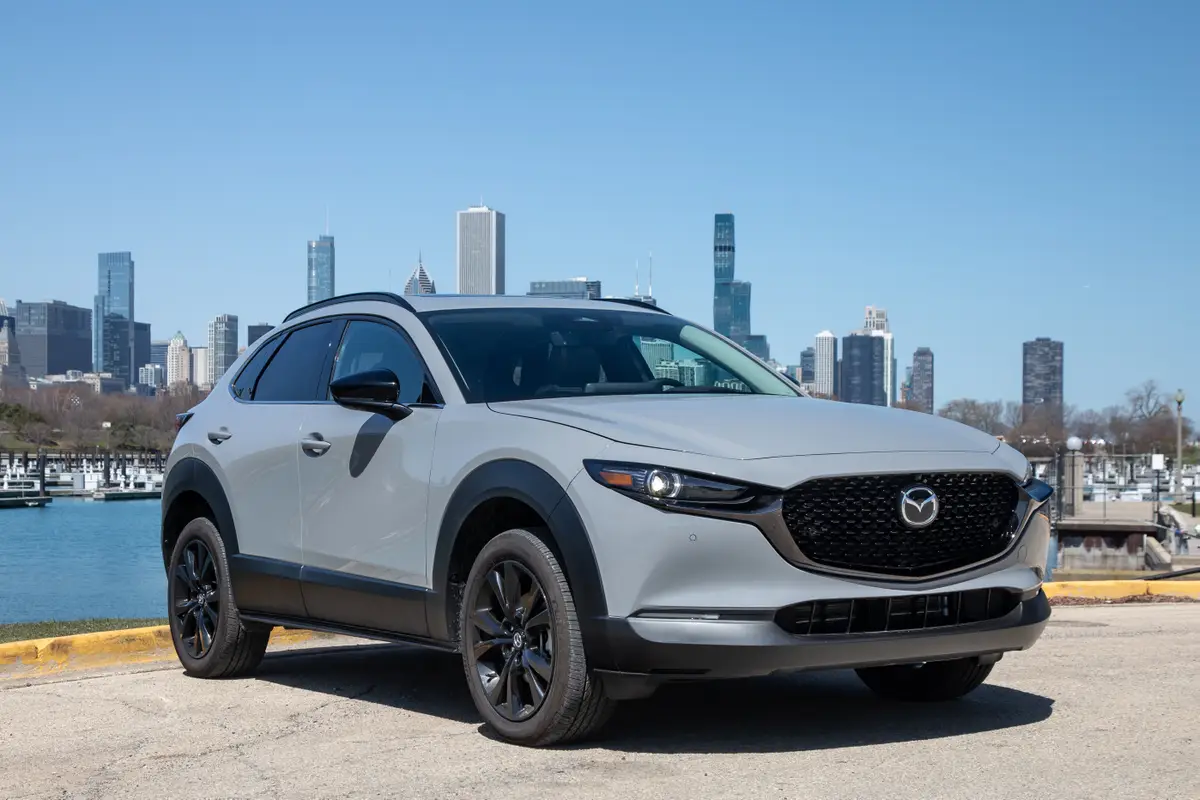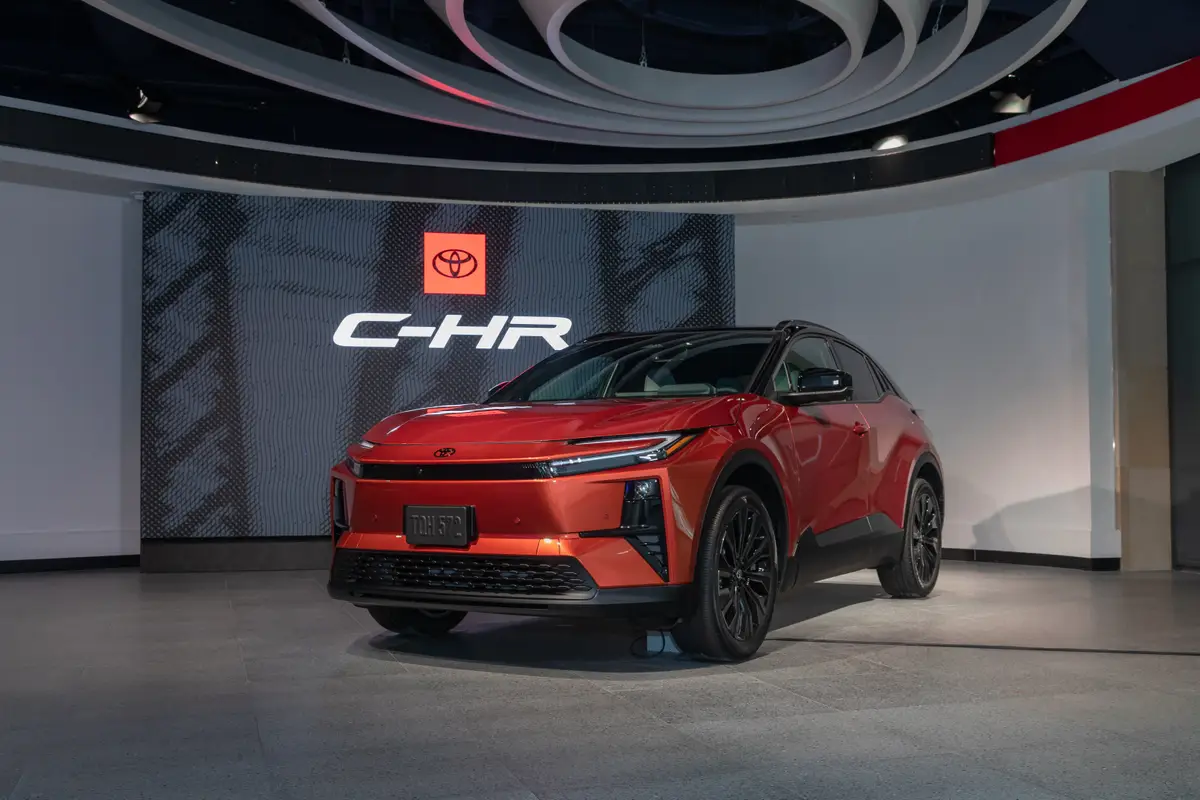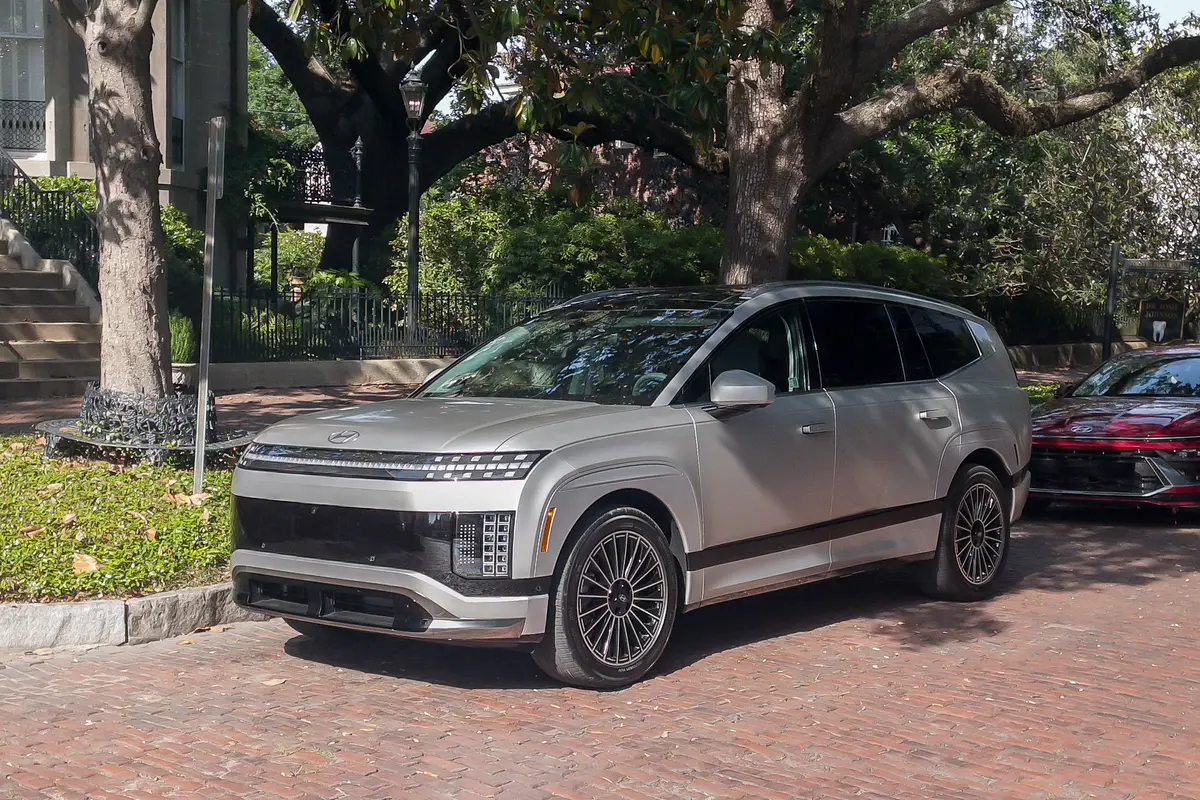2008 Mitsubishi Lancer Evolution: What's New
Vehicle Overview
Mitsubishi’s latest Lancer Evolution marks the pocket-rocket’s 10th generation. It shares the current Lancer’s body, which was introduced for 2008, and uses a 291-horsepower turbocharged engine. Public enemy No. 1 is Subaru’s WRX STI.
Mitsubishi bills the new Lancer as a better car for everyday driving, with extra sound-deadening materials and better torque distribution from the four-cylinder engine. Should you want to, you can tune the suspension for a more compliant ride.
The all-wheel-drive system integrates an electronic stability system with an active center differential. The differential can split power between the front and rear wheels based on how much the steering wheel is turned, whether the car is skidding and how hard the driver is stomping on the gas. Drivers can switch between Tarmac, Gravel and Snow modes.
Mitsubishi offers two trim levels: The Evolution GSR, with a five-speed manual transmission, and the Evolution MR, with a six-speed, twin-clutch automated manual.
Exterior
Mitsubishi says the Evolution’s shark-like nose was inspired by the air intakes on fighter jets. The current Lancer’s forward-leaning stance is already one of the more aggressive shapes among compact cars, and the Evolution looks even more so. The grille has a dark mesh insert, while 18-inch wheels frame four-piston Brembo front brakes. A rear spoiler is standard, and the optional extra-large spoiler is tall enough to hang shirts on to dry.
The Evolution’s hood, fenders, bumpers and roof are made of aluminum, which theoretically would lower the car’s center of gravity. The MR includes an even more hunkered-down suspension, enhanced brakes for better cooling, unique 18-inch wheels and xenon headlights.
Interior
Heavily bolstered Recaro racing seats have leather/fabric upholstery, but otherwise the interior looks much like the regular Lancer’s. Automatic climate control, power windows and locks, a six-speaker CD stereo and cruise control are standard. The Evolution MR adds audio controls on the steering wheel. Options include a 650-watt Rockford Fosgate stereo, navigation system and keyless access.
Under the Hood
Though output is up just 5 hp over the ninth-generation Evolution, Mitsubishi says the latest 2.0-liter four-cylinder has a host of other improvements, like an aluminum engine block — the old one was iron — and intake and exhaust valve timing, versus the previous intake-only timing. The 300 pounds-feet of torque now peaks at 4,400 rpm versus the old version’s 289 pounds-feet at 3,500 rpm, but Mitsubishi says the torque curve is wider than before, with revised turbocharger dynamics yielding as much as 20 percent quicker response.
The MR’s twin-clutch automated manual works much like Audi’s DSG gearbox, with the next gear at hand as soon as the previous gear is released. That should make for lightning-fast shifts, which can be performed automatically or with paddle shifters on the steering wheel. The transmission offers three shift programs: Normal, Sport and S-Sport. Sport holds lower gears longer and shifts more quickly than Normal, while S-Sport optimizes performance for the racetrack.
Safety
Seven standard airbags include the required frontal devices, as well as a driver’s knee airbag, side-impact airbags for the front seats and side curtain airbags for both rows. Four-wheel-disc antilock brakes and an electronic stability system are also standard.
Featured stories

2025 Mazda CX-30 Review: Pushing Toward Premium



2026 Hyundai Ioniq 9 Review: A Worthy Flagship EV

